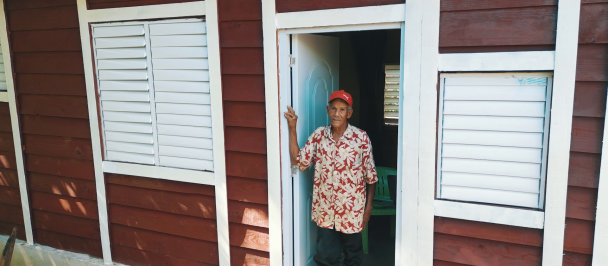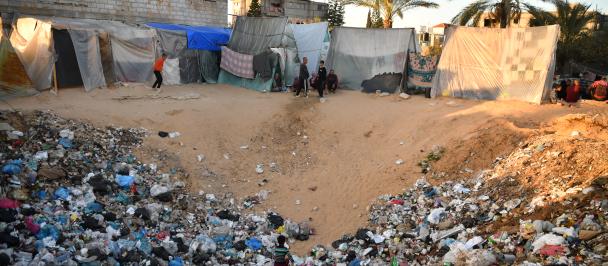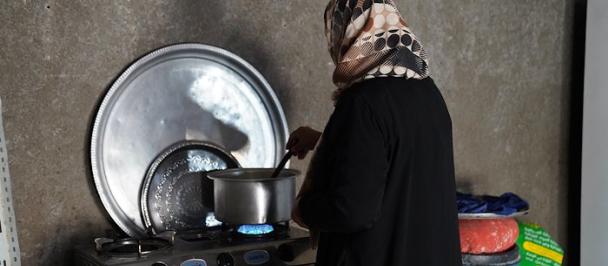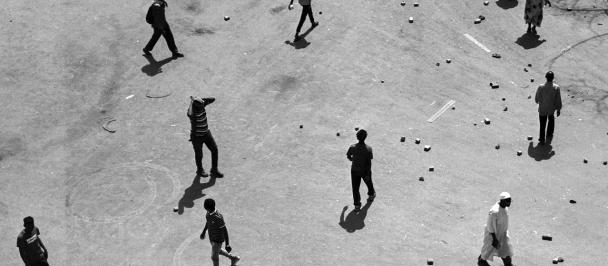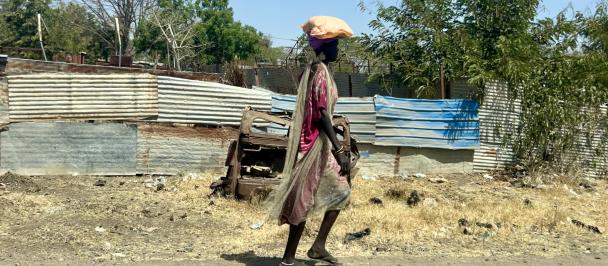A conversation with UNDP Resident Representative Stephen Rodriques about the devastating earthquakes in western Afghanistan
‘Even in such tragedy, we shouldn’t lose sight of the opportunity for a societal shift — to recognize women’s vital role and potential’
October 19, 2023
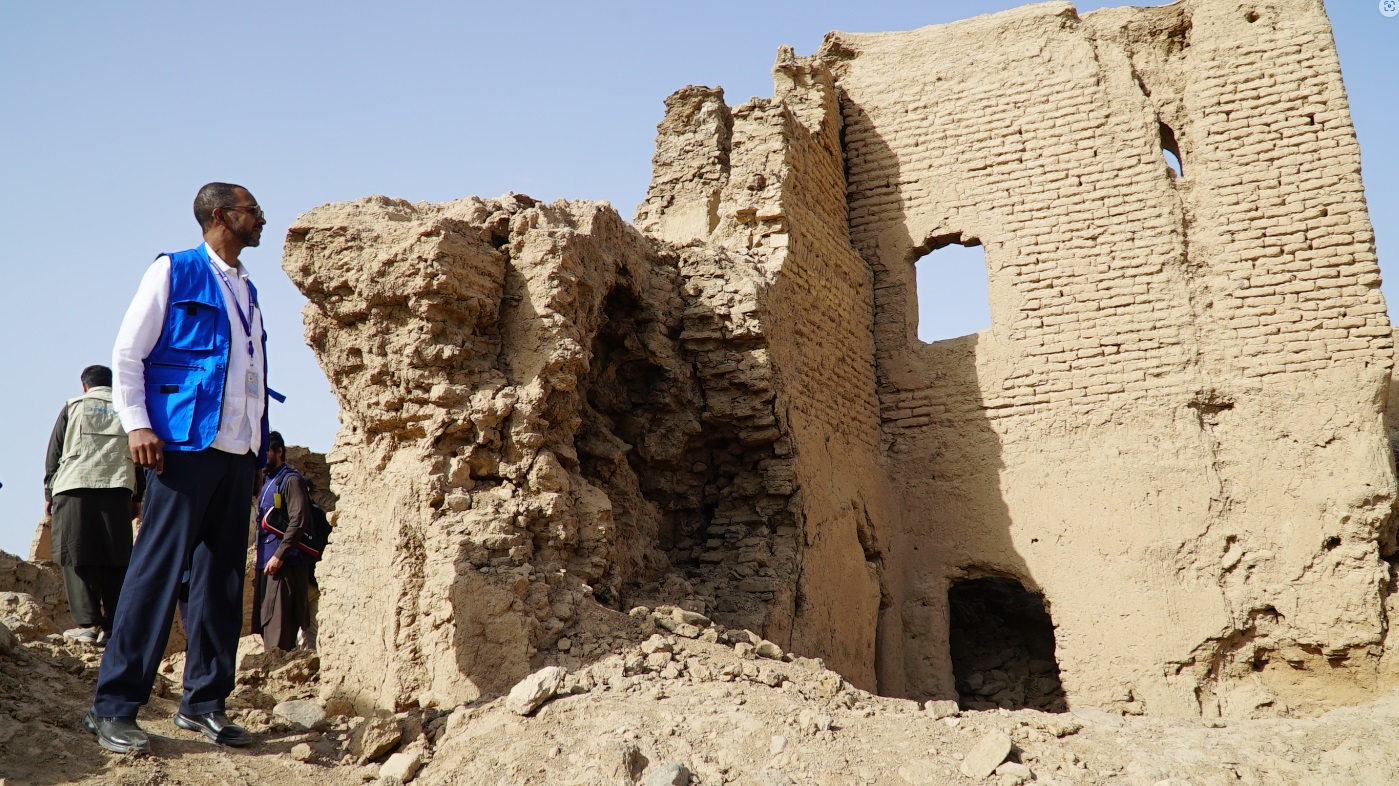
UNDP Resident Representative Stephen Rodriques inspects the damage caused by powerful earthquakes in Afghanistan.
Powerful earthquakes in western Afghanistan have hit communities already living in profound poverty, and in homes not built to withstand such disasters. The devastation has resulted in 1,500 deaths – 90 percent of them women and children – while 43,000 people are now trying to find a way to rebuild their lives. We spoke with UNDP Resident Representative Stephen Rodriques about the situation on the ground and what UNDP is doing to help.
What is the situation on the ground following the recent earthquakes?
When I visited Herat a few days after the earthquakes, I saw a grim scene of destruction. A series of powerful tremors shook a region which has not experienced anything of that nature for perhaps over a hundred years or more. These quakes hit communities that were already dealing with profound poverty, and where most people live in mud homes not built to withstand such disasters. Many people died quickly because the mud does not have the same air pockets as concrete, so they suffocated. The devastation was shocking: in some places 90 to 100 percent of homes had collapsed, resulting in an estimated 1,500 deaths and about 2,000 injuries. Beyond the human toll, schools, healthcare facilities, and essential water supply systems has been decimated, leaving 43,000 people desperately trying to find a way to rebuild their lives.
Yet people are holding onto hope. You can see it in how neighbours are helping each other, and how national and international NGOs, the private sector, the UN and the international community quickly responded. Still, much more is needed to help these people rebuild and recover.
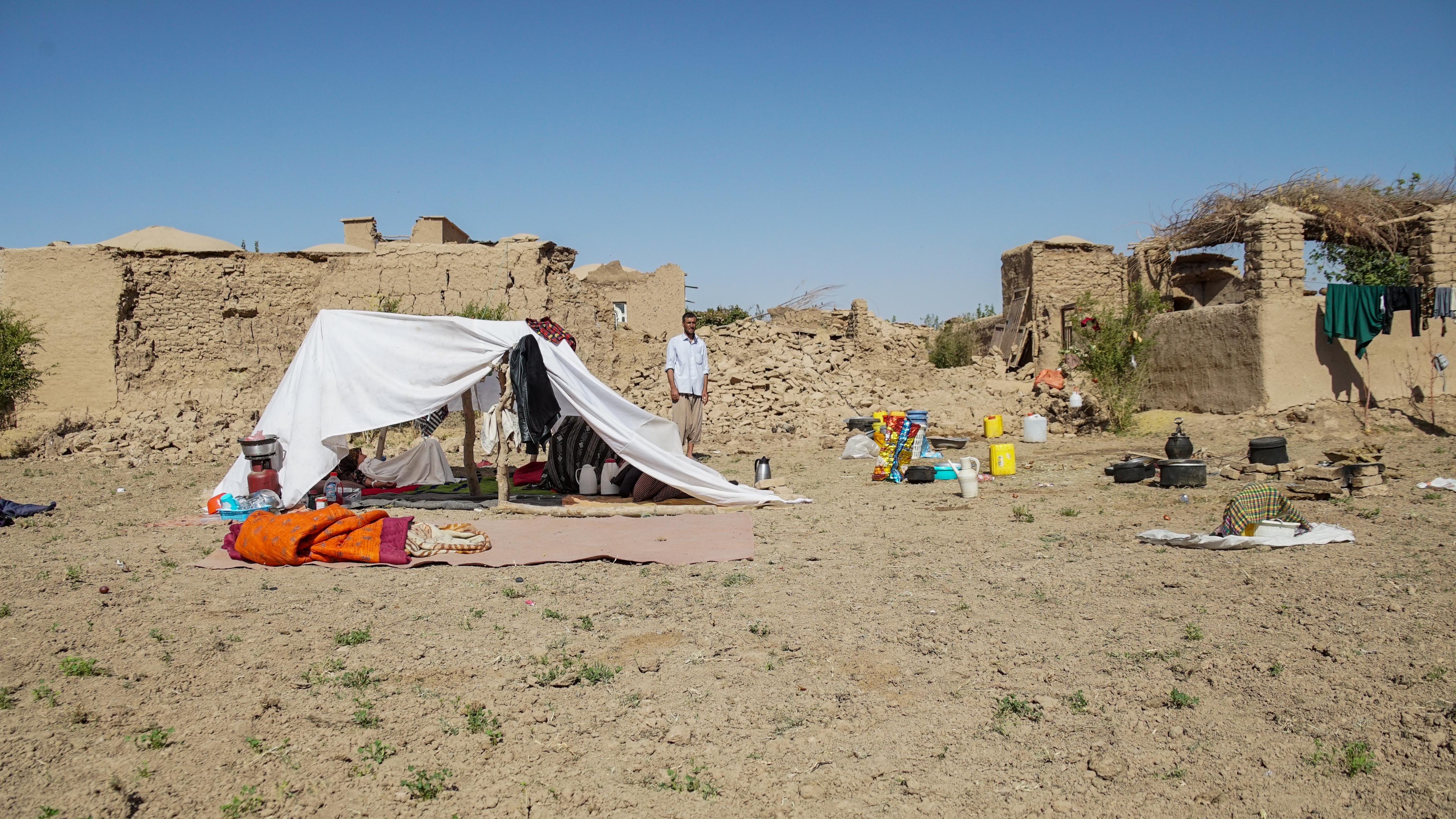
A series of devastating earthquakes in Afghanistan have in some places caused 90 to 100 percent of homes to collapse. Yet, neighbours are helping each other and people are holding onto hope.
Why is it that almost all casualties in this disaster are women and children?
One of the bleakest aspects of these earthquakes is that 90 percent of those who died were women and children. This is not a coincidence. These massive quakes struck during early morning hours when most men were either away, often in Iran for work or on their farms. Meanwhile, women and children were at homes. The tragic collapse of these structures, combined with the restricted mobility and economic limitations faced by women, had catastrophic consequences. But even in such tragedy, we shouldn’t lose sight of the opportunity for a societal shift — to recognize women’s vital role and potential, and to engage them in disaster response and recovery.
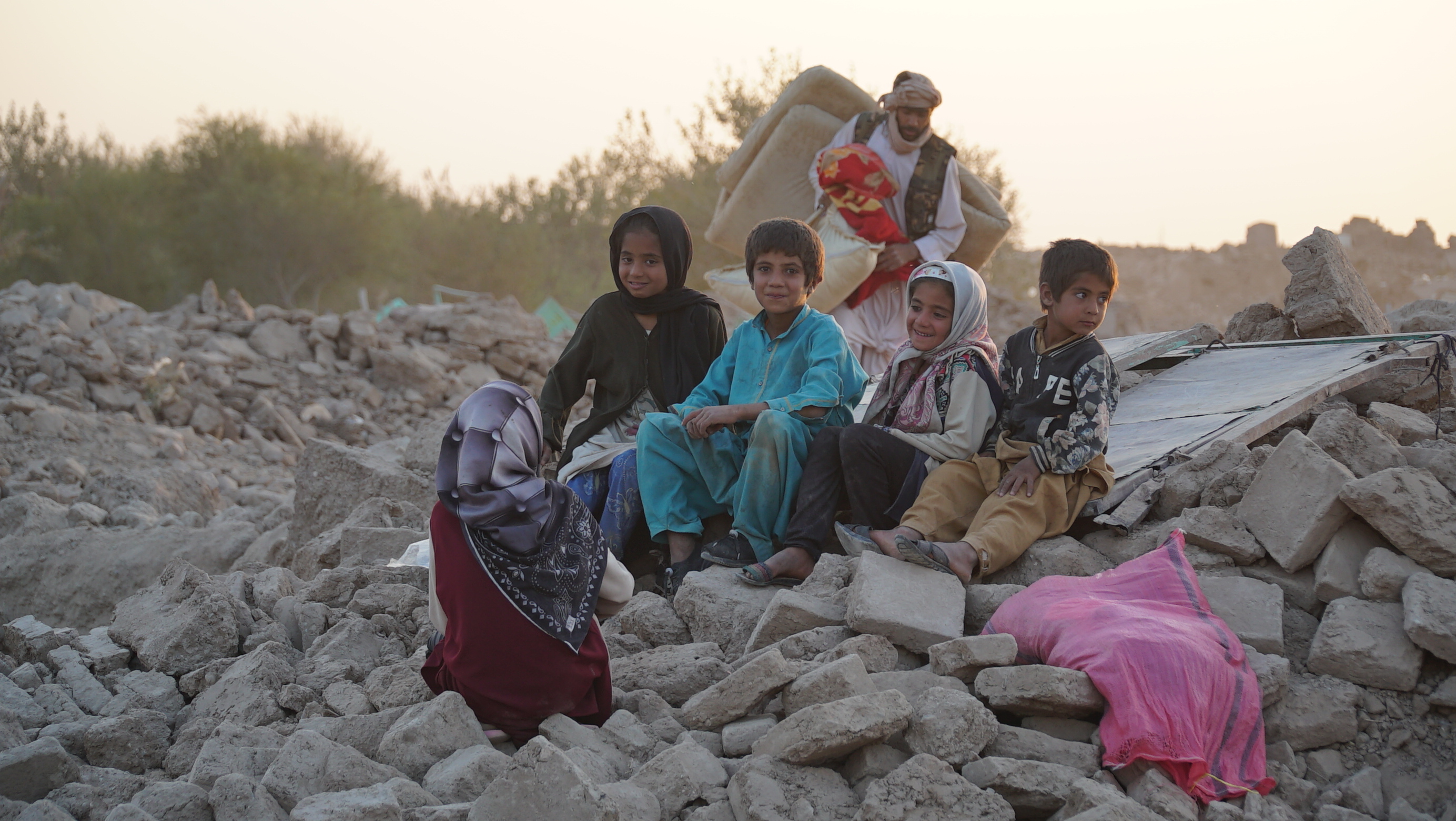
The first earthquake struck in the early morning as men were already farming or commuting to work. Ninety percent of those who died were women and children who remained in their homes..
What are the immediate needs of people right now, particularly as winter approaches?
Well, it’s a multi-faced challenge. With winter closing in and temperatures already plummeting, the need for shelter is paramount. People need clean water, safe places to rest, health care for the injured, enough food, and ways to make a living. Schools, clinics, and basic infrastructure need urgent repair to bring back some normalcy. Using renewable energy sources like solar power could help with community facilities like health centres and schools. UNDP, with its office in Herat, is deeply involved in recovery efforts, working with local engineers, livelihoods specialists, project design experts, and communities. But with each passing cold night, the need for global assistance becomes more urgent.
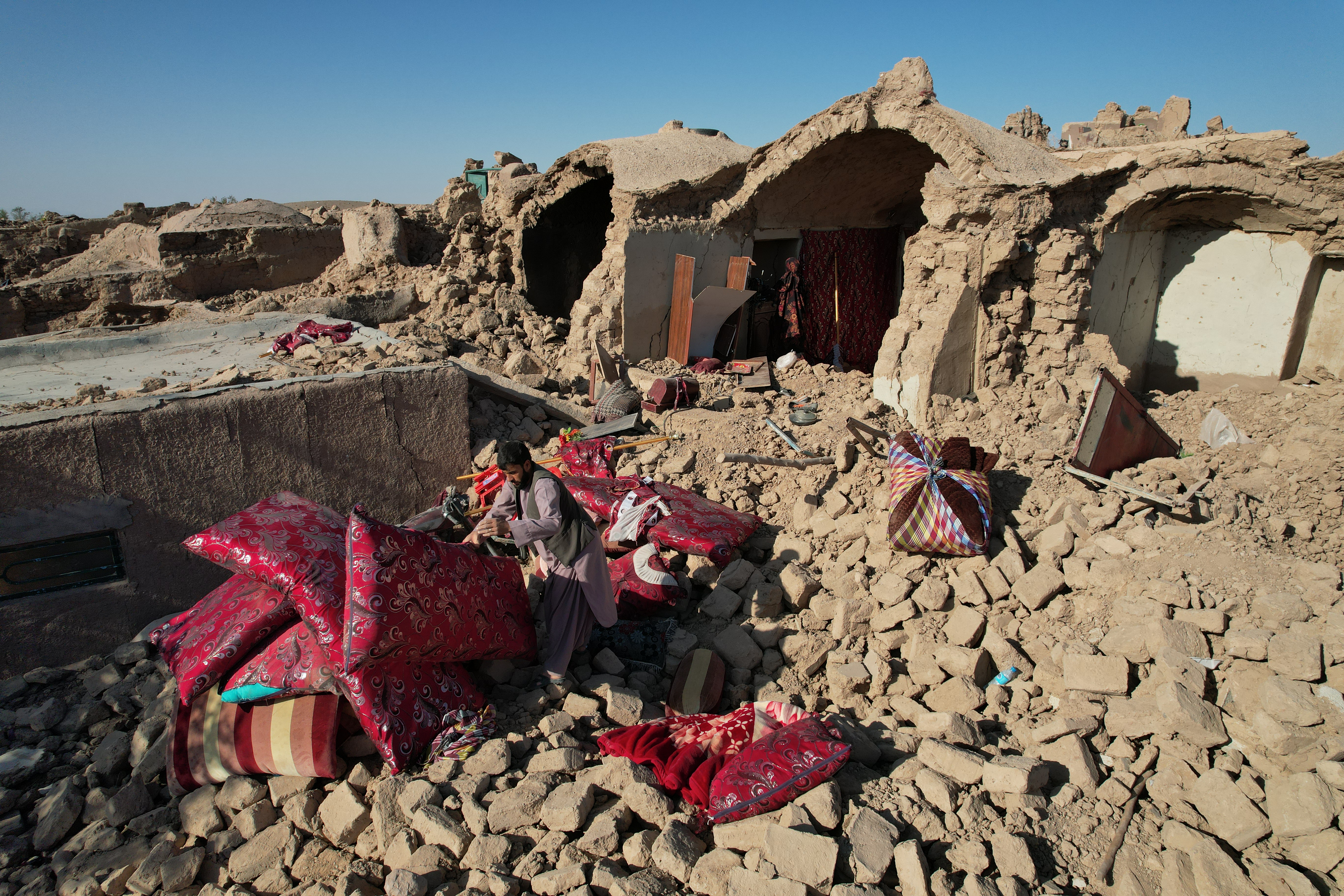
With winter closing in and temperatures already plummeting, the need for shelter and international assistance is urgent.
What was the situation before the earthquakes and how has UNDP been supporting local communities?
Before the earthquakes, life in Afghanistan was incredibly tough. Some 85 percent of the local population lived on less than a dollar a day, and fifteen million Afghans faced food insecurity and lacked basic necessities like adequate access to healthcare, education and a decent income. The situation worsened after the government fell in August 2021, and the new de facto authorities put severe restrictions on women, keeping them from education and many jobs. In fact, our studies found that when a woman loses a job, a household’s income plummets by nearly half.
Before the disaster, we were already working on livelihoods, basic infrastructure, water, energy and other programmes in the region. Herat is where we have provided most financial and technical assistance to women-led small businesses – thousands of them across the province – and where we have been building hundreds of small irrigation canals to help farmers boost their production. Since the earthquakes, we redirected resources and efforts to the affected areas, providing hot meals through community kitchens and helping design and build earthquake-resistant homes. As we strive to restore and renew normalcy in these communities, we are repurposing existing resources of around US$2 million, but these are just not enough.
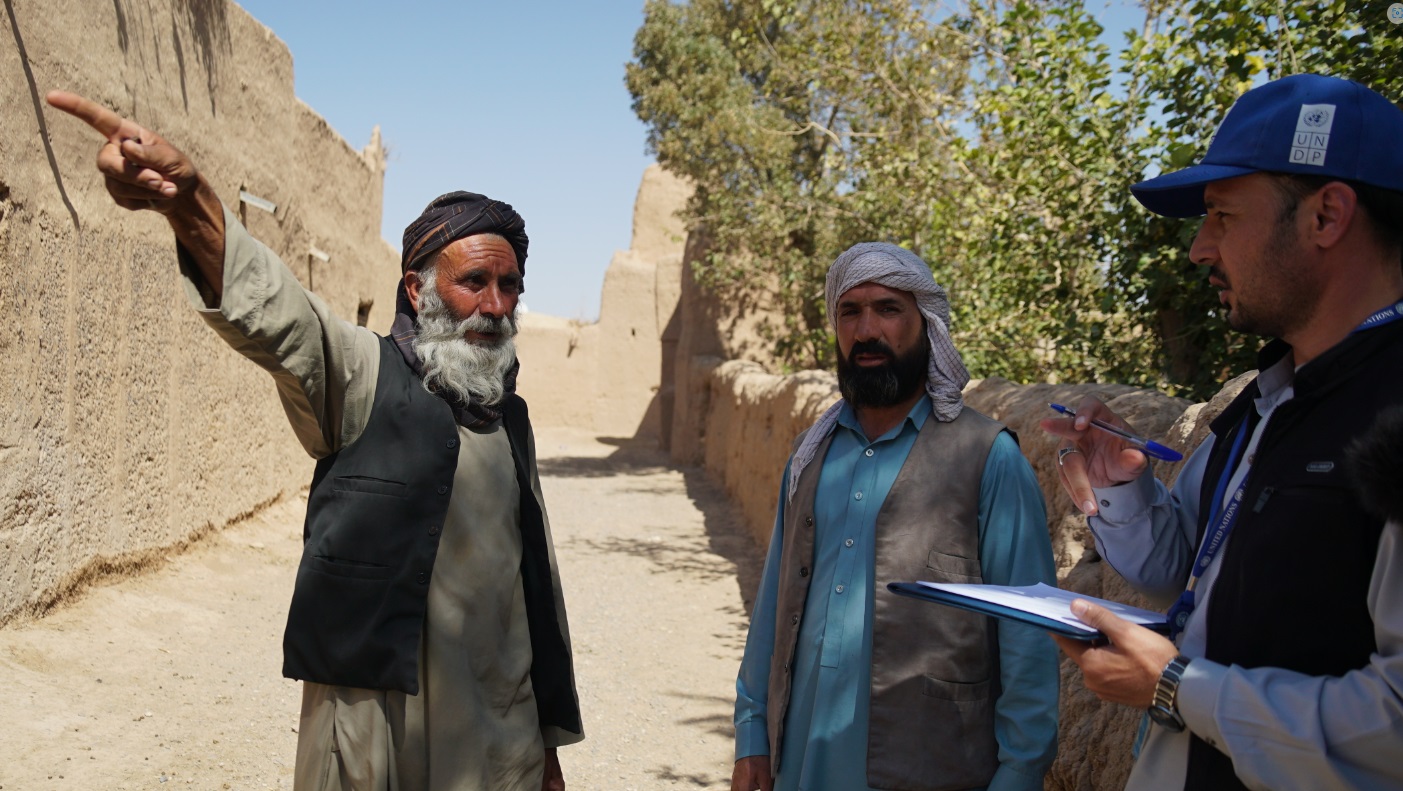
Since the earthquakes, UNDP is repurposing existing resources of around US$2 million, providing hot meals through community kitchens and helping design and build earthquake-resistant homes.
What is UNDP doing now in response to the earthquakes?
From the start, UNDP has been right there, working with the affected communities and partners as part of the broader UN response. We’re focused on immediate needs like cleaning up debris and fixing community assets like schools and clinics through a cash-for-work modality that gives instant income to those impacted. We're committed to helping people rebuild their homes, restore community facilities, and provide renewable energy access. But our vision goes beyond quick relief. We're planning a comprehensive recovery package for over 100 affected villages, focusing on reconstruction, creating jobs and livelihoods, and providing energy and water access. We're also backing women-led small businesses, including local kitchens– not just for food supply but also to boost their financial independence. There's a long road ahead, and we are deeply grateful for international support so far, but we would welcome more help.
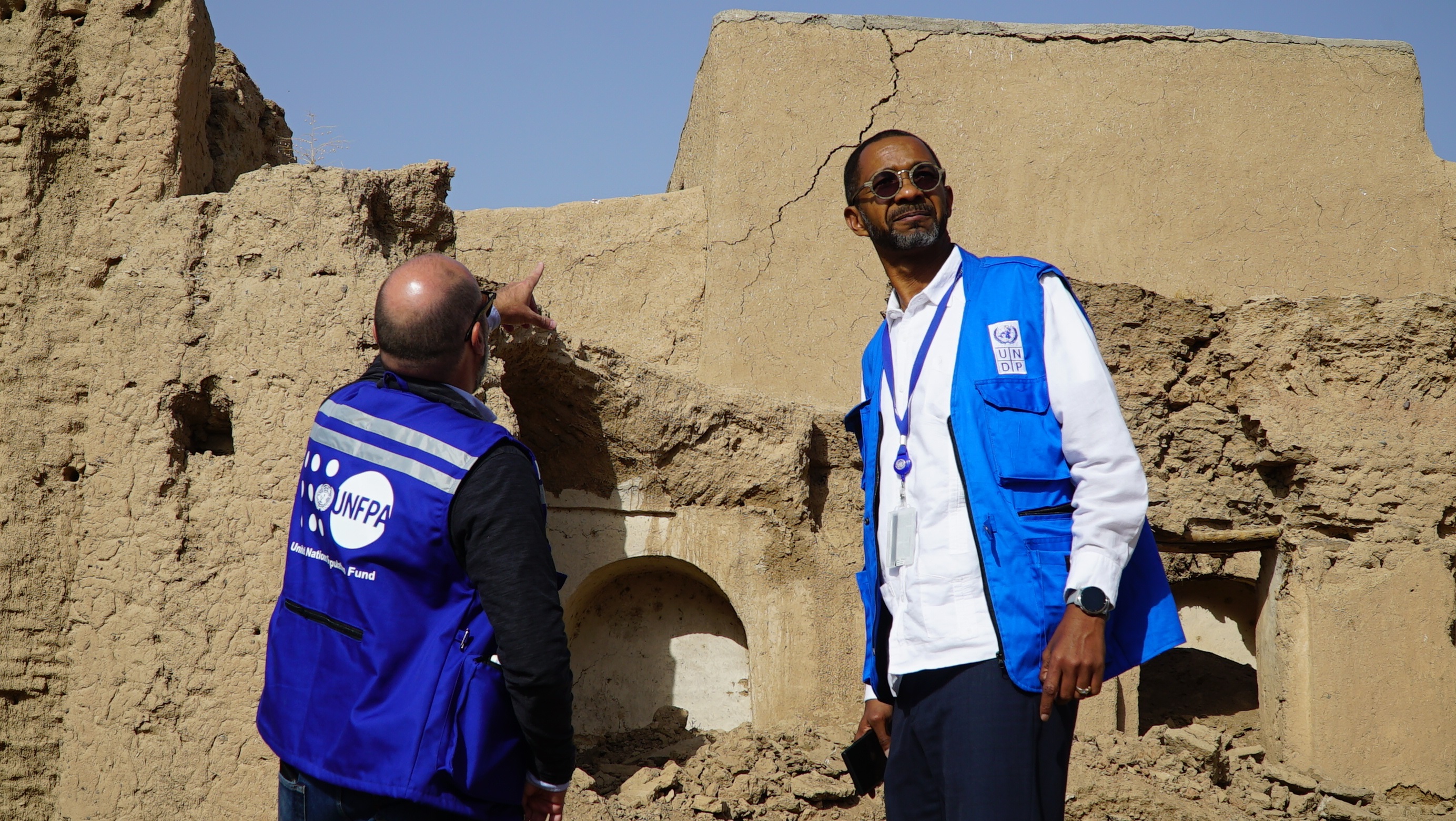
UNDP has been working with the affected communities and partners as part of the broader UN response, building homes, fixing community assets through cash-for-work programmes, and backing women-led small businesses.
Looking ahead, what support will the people of Afghanistan need as they rebuild and recover?
As Afghanistan looks ahead, we need to focus beyond immediate relief and focus on long-term recovery and resilience. One priority is housing, and we’re using an 'Owner-Driven' approach that involves communities in rebuilding their homes. This approach is scalable, eco-friendly and sustainable, and it also provides income-earning opportunities for community members. Creating livelihood opportunities, especially for women, is crucial in this recovery process. Rebuilding and becoming more resilient requires consistent international investment and support. The Afghan people have shown incredible resilience, and they deserve every chance to rebuild their lives in safety and dignity. All the support and efforts contributed during this critical time are deeply appreciated.

 Locations
Locations